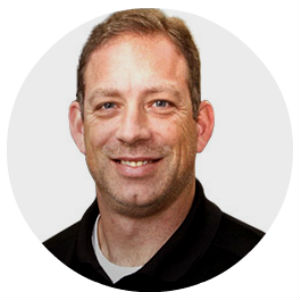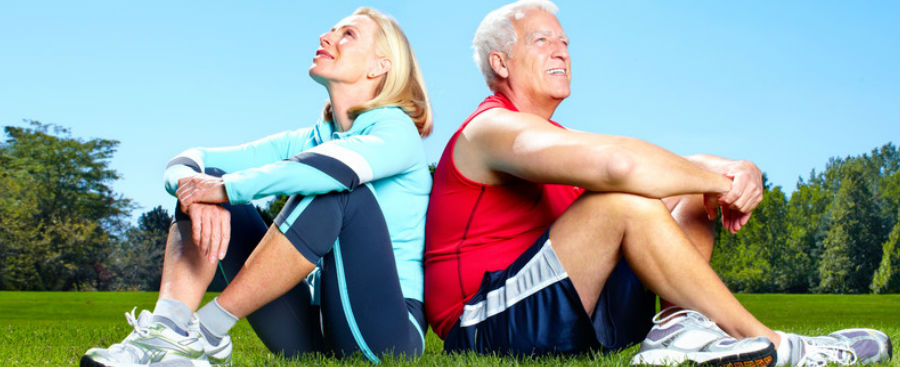 By Code Sipe, AFS Community Expert
By Code Sipe, AFS Community Expert
Typically, marketing is impersonal. It involves putting up a cleverly worded offer in a newspaper or online and then waiting for the clients that you’ve never met or spoken with to respond. For many types of products and services across many industries this approach works.
However, when it comes to aging adults and fitness this approach is seldom fruitful. Yet it is still the most common way for fitness professionals to try to get clients. This leads to a vicious cycle of frustration. Put out an ad; wait for clients to respond; wonder why they aren’t; change the headline; switch out the image; and try again. Now I am not saying that compelling headlines and images aren’t important. Learning how to write good copy is critical. But older adults have been marketed to all of their life. They have seen tens of thousands of incredible ads. In today’s fast-paced environment you will need to take a different approach to be heard above all of the white noise.
The key differentiator that will help you stand out from every other fitness facility and trainer is the relationships you build with potential clients. Older adults are very relational (if you work with this population I am preaching to the choir). Capitalizing on this relational need will magnify the return you get on your traditional advertising methods.
Here are Seven Key Ways to help you start cultivating those relationships.
Be Authentic – Let people get to know you by showing the other sides of you other than your role as a fitness professional. Share personal insights, stories, experiences and opinions. In effect, show them who you really are.
Show Your Face – You can’t really get to know someone from a distance. You need to get up close and personal with them. That means getting out of your office and facility and into the community. It is important to look them in the eye, shake their hands, give them a hug, smile, schmooze, chit chat and just hang out. In this world overloaded with technology it is sometimes easy to forget that older adults prefer to communicate the old fashioned way. In person.
Go Where They Are – Instead of waiting for them to come to you it is critical that you go to them. Meet them in the places and situations that are a normal part of their life. Figure out where they like to go and what they like to do. Then go there and do those things. Fundraisers, social events, art, music, theater, social clubs, churches, etc.
Be Everywhere – Online and offline you need to have many poles in the water. Facebook, email, blog, newspaper articles, news appearances, places and events (mentioned above)…it is not enough to just do one of them. They need to feel like you are everywhere they are.
The key differentiator that will help you stand out from every other fitness facility and trainer is the relationships you build with potential clients.
Be Consistent – This is where many fitness professionals fall flat. They go to some events and put out a few ads and then get busy with other things and forget to email or don’t get the next event on their calendar. So their presence in the lives of their potential clients is inconsistent at best and the relationship lags. They forget about you.
Vary the Conversation – Like with any good relationship you just can’t talk about one topic over and over again. Don’t just talk about health and fitness. Talk about topics that are important to them. Talk about serious topics but also be light-hearted and humorous. Be poignant.
Speak Their Language – Communication styles vary between generations. Boomers and Traditionalists communicate very differently than younger generations. They are more personal, relational and formal. Avoid slang and texting lingo. Use formal punctuation. Don’t rush the conversations. Slow down and don’t be rushed. Take the extra time it takes to get to know them. In fact, many of their conversations are about the relationship instead of the “transaction” at hand.
By following these seven keys your traditional marketing and advertising will improve – because the potential client will already “know” you to at least a certain degree.
Cody Sipe, PhD is the co-founder of the Functional Aging Institute and a leading authority on exercise and aging. For more information on training, marketing and sales go to www.functionalaginginstitute.com.


Join the Conversation!